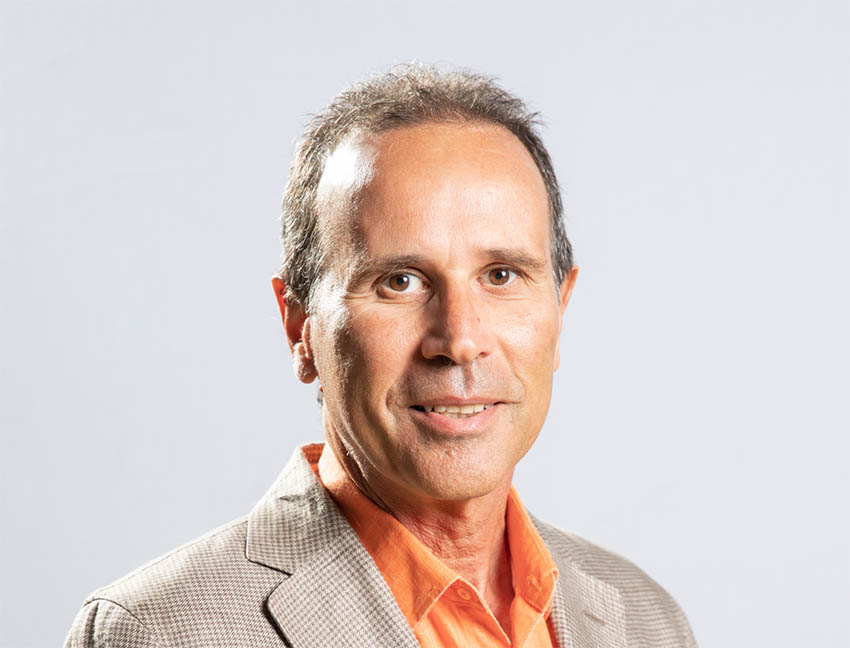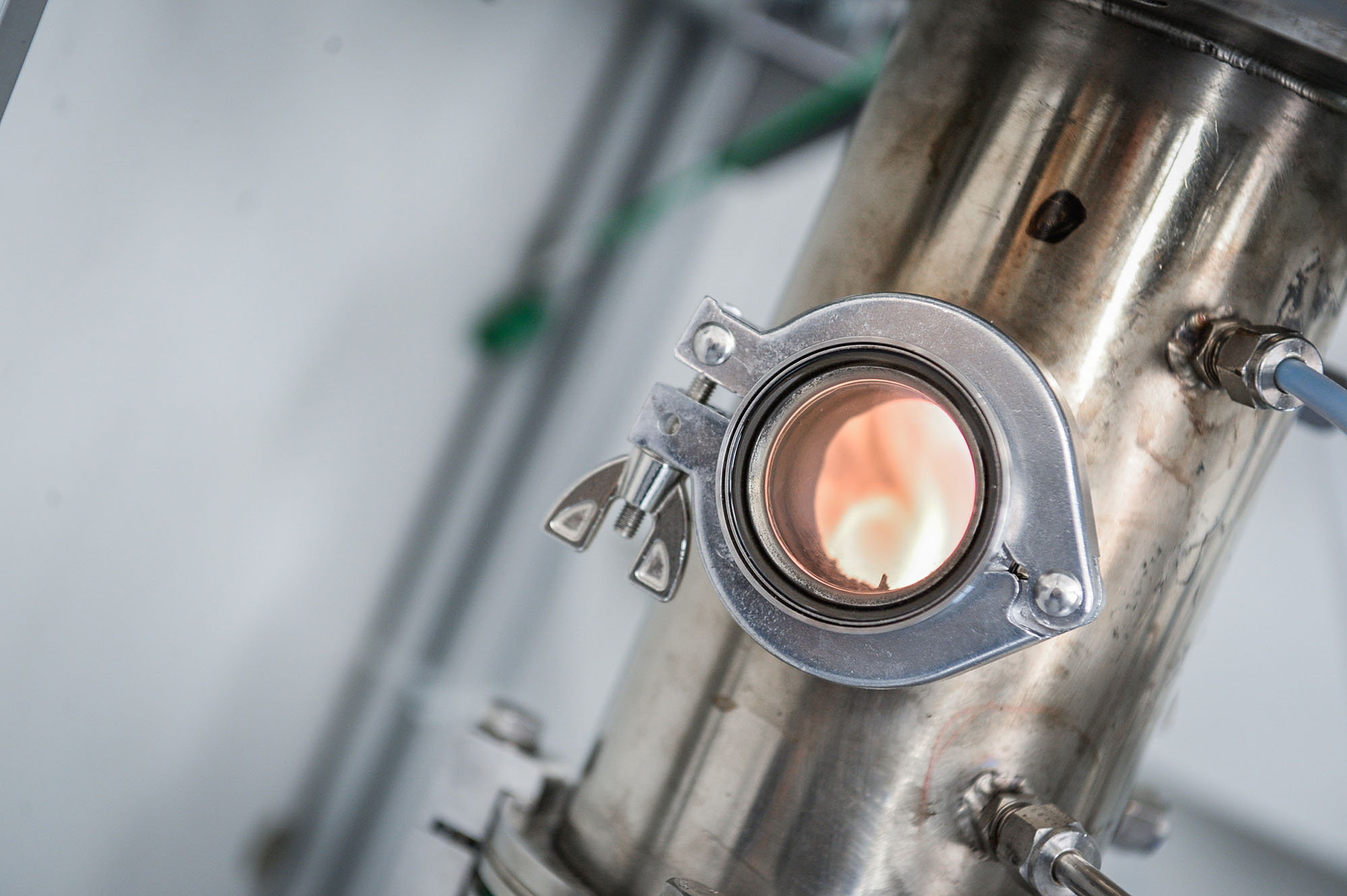Interview with Gerard Gatt, CEO of Sakowin.
Easy Engineering: Mr. Gatt, please brief us about Sakowin while highlighting the developments and ideas that led to its inception.
Gerard Gatt: It all started with electrolysis! An old colleague whom I’d met in the United States and who invested in hydrogen contacted me to kickstart an electrolysis technology using water molecule resonance. Back then, this technology offered remarkable results. As is common in industrial innovation, we ran into some obstacles during the industrialization of our process and had to pause the development of this first company. This is how I started focusing on another aspect of the energy transition that other contacts had made me discover: the role of gas. As a substitute for coal and oil, natural gas has proven to be effective and has been qualified as a type of green energy by the European Union. While the most modern coal-fired power plants emit around 800 grams of CO2 per kWh, gas-fired power plants emissions range between 350 and 400 grams. If one had to choose between these types of fossil fuels, gas is a cleaner alternative transitioning to greener energy. Gas therefore offers an effective solution to produce hydrogen while making use of existing infrastructure, as long as the method of treatment is modified and decomposition is favored over combustion. This is how I discovered plasma technology, which allows us to decompose methane into hydrogen and solid carbon with no CO2 emissions. I then met with several specialists and created Sakowin.
E.E: Kindly tell us about yourself and your professional journey so far.
G.G: I have over thirty years of experience in business development, with major successes in diverse sectors. I have worked in the digital sector as product manager of Citrix in the USA, during my first 5 years, where I launched Citrix blockbuster product line Metaframe. Then, I had the opportunity to develop and implement the Citrix international strategy as Senior Marketing Director where I contributed to the revenue increase of the company outside the USA, from $1M to $150M in four years. I’ve also worked in essential oils, as CEO of Albert Vieille, purchased in 2019 by Givaudan– taking part in tripling the company’s revenue in five years. Since 2017, I’ve been fully committed to the clean energy industry and the production of decarbonated hydrogen, wanting to invest my experience in business development into technology that is useful for the energy transition.

E.E: What are the key products and services of your company and how is it impacting the concerned demographic?
G.G: We’ve developed methane plasmalysis technology that allows us to produce decarbonated hydrogen and solid carbon. It’s a technological brick that can be integrated in the existing industrial chains of production, at the end of gas lines. It allows us to produce hydrogen onsite and avoid two major obstacles to a competitive and sustainable hydrogen industry. First, the issue of transporting and stocking hydrogen when its production is decentralized disappears: no need to liquify hydrogen in order to transport it, which is a very energy consuming process. High pressure compression makes the operation more complex and does not resolve the issues linked to stock. The technologies being developed to solve these issues are promising but are not mature enough yet. Our solution allows clients to capitalize on existing gas infrastructure and limit the cost of hydrogen use, both in terms of installing units of production and in terms of transport. Solid carbon, also generated by our solution, can also be used in construction and agriculture, with a positive impact on the environment. Our technology, when using biomethane, even allows users to be negative in terms of CO2 production.
E.E: What are the core values of your company and how are you driving it to achieve its vision and mission statement?
G.G: Commitment and excellence. We have eight scientists that all have their own expertise. At Sakowin, we are conscious of the importance of contributing effectively to the energy transition, with an approach that is both realistic and ambitious. We stay realistic by accounting for production costs and by acknowledging the short, medium and long-term strategy to reach decarbonization goals at large scale while taking into account the infrastructure already at our disposal. In parallel, our decarbonization objectives are ambitious, with the goal of limiting the effects of climate change.
E.E: How is your expertise in leadership and Influence guiding your team to produce products that deliver success?
G.G: Vision is key. The energy transition requires much more than just technology, and only a broad understanding of what is at stake here can help a team to envision success and make sense of daily work, even when times are hard. The European Union currently consumes 786.432 Mtoe in petroleum, gas, and coal. The RePowerEU initiative predicts the use of 14 Mt of renewable hydrogen by 2030, of which 9.6 Mt would be produced within the European Union. Those 9.6 Mt represent 11 Mtoe, which is slightly more than 1 % of the current consumption of fossil fuels in Europe! And yet, with the electrolysis technology currently being promoted on the continent, this 1% would represent a considerable cost. The production of 1 kg of green hydrogen by electrolysis requires 59 kWh of renewable energy. In 2021, renewable energy capacity in Europe was 15,5Gtoe. We would therefore need to devote more than all of our capacity of renewables to reach our goal! In the short term, we urgently need to deploy more efficient solutions to produce hydrogen where we need it most: in industry first.
E.E: What, in your opinion, are the current challenges to harnessing hydrogen-based electricity? How are your ideation and team resolving these challenges and helping the company expand?
G.G: Emergency, capacity, cost. Emergency, because climate change has become a highly pressing issue, as we can now see almost every day. Capacity, because the challenge is as big as the problem, and we need to act at a scale never seen before. And cost, because hydrogen is a market, and competitiveness is key in a global competition. That’s why I strongly believe in our methane plasmalysis: it is much more energy efficient and therefore cost effective than electrolysis.

E.E: As an experienced leader, what would be your words of advice to budding entrepreneurs wishing to enter this industry?
G.G: First, know your topic: read about it, talk to people who are knowledgeable about it. I would not have been able to create Sakowin without numerous conversations with people from different fields and with the same awareness of issues and difficulties linked to the energy transition. Second: know why you’re doing it. Being aware of the role I can play in the energy transition is what really drives me every day!
E.E: What are the future goals of the company? How do you envision upscaling its operations and reach in 2022?
G.G: We’re aiming for an industrial pilot by 2024 and commercialization by 2025. We’ll build a 6-kW prototype in 2022, which is also an active period of research for partnerships with industrial actors committed to the decarbonization of their activities and interested in new uses for solid carbon. Numerous industries are involved: material manufacturing, construction, agriculture, automotive, etc.
E.E: Please share clientele, awards, recognition (if available/permissible)
G.G: We currently have partnerships with Ponticelli, Saint-Gobain, the ADF group, and AES Dana. Bpifrance (public investment bank in France), awarded Sakowin its Deeptech label in March of 2022, and allocated to us a €2.5M financing. We also benefit from the support of the European Innovation Council (EIC Accelerator), with a €6.5M financing (€2.5M grant and €4M in equity).
Source : BP Statistical Review of World Energy 2022: Primary energy: Consumption by fuel (p. 9) et Electricity generation by fuel (p. 50)

